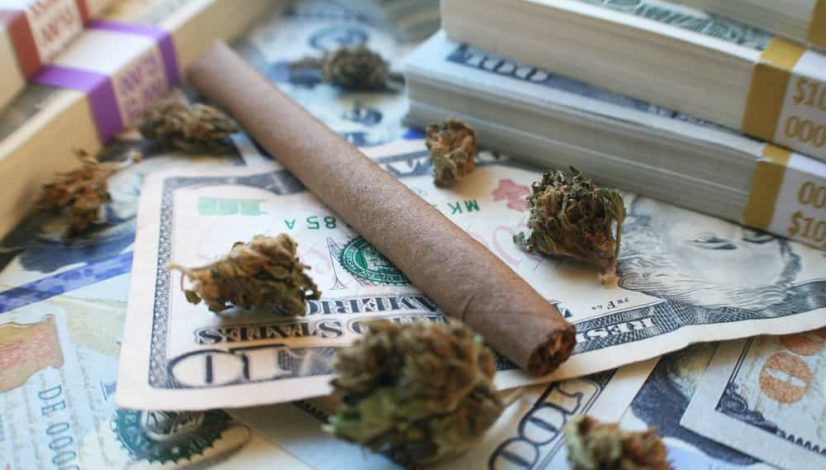Legal Marijuana and Restorative Justice
The post Legal Marijuana and Restorative Justice appeared first on High Times.
Restorative justice is an emerging trend in the implementation of marijuana’s legalization. In other words, how can society make up for the damage caused by prohibition? San Francisco is taking steps to clear convictions for marijuana offenses, utilizing authority provided by the passage of Prop 64 which legalized marijuana in California.
Equal Opportunity Efforts In The Marijuana Industry Throughout California

Efforts are underway to ensure that areas hardest hit by marijuana law enforcement receive equitable treatment. Especially, when it comes industry participation and awarding licenses for retail outlets.
San Francisco
In San Francisco, these goals also include consideration of how to invest marijuana tax revenues. The economic infrastructure in areas hard hit by prohibition is one of the main considerations. Giving priority to providing opportunities to people with prior arrest or convictions for marijuana offenses is another consideration.
A study of these issues in San Francisco notes that the city has been a leader in legalization efforts and that African-Americans have been hardest hit by arrests. After a review of arrest, election, local economic and cannabis industry data a city report has identified several key barriers to entry into the adult-use cannabis market. These include financial barriers such as access to capital and real estate, technical barriers involving business ownership and understanding of legal and regulatory issues, the role of criminal background checks in financial and regulatory procedures, and other problems related to geographic placement of businesses and an overall distrust of government.
The San Francisco study reviewed similar efforts in Oakland, Los Angeles, Colorado and Massachusetts. They arrived at 15 findings with numerous recommendations associated with each one to achieve the objectives identified above. The priority will be to target populations “disproportionately impacted by cannabis prohibition.” Then, make sure they “are not crowded out by more well-resourced applicants.” The report promotes incubator programs to provide incentives for entrepreneurs and established vendors. Another policy goal is to promote equitable employment opportunities, targeting formerly-incarcerated individuals and hiring in neighborhoods with high arrest rates under prohibition.
Oakland
The City of Oakland, California based their equity analysis on the identification of “marginalized communities of color based on poverty, recent cannabis arrests and unemployment rates.” This involved a comparison of the percentage racial groups in the general population with their percentage of total arrests in an area, along with the unemployment rate and poverty rate for the area.
Los Angeles
The City of Los Angeles took a 5-part approach in their equity analysis. They identified racial disparities, areas with higher cannabis arrests and low-income populations. Then, areas with disproportionate numbers of arrests and high percentages of low-income households were designated as communities eligible for the equity program.
The City and County of San Francisco based their equity analysis on a similar comparison. First, San Francisco compared census and arrest data to identify communities with “disproportionate levels of cannabis arrests.”
Finally, these areas were “cross-referenced . . . with low-income census tracts.”
Massachusetts’ Race-Neutral Approach
Massachusetts has taken a race-neutral approach to restorative justice. Instead, they’re focusing on assessing which communities have had the highest overall arrest rates for both marijuana and drug offenses. Additionally, incorporating local economic data on unemployment and the number of families living under the poverty level. Then, assessing the impact of prohibition in the past. Unemployment is the final factor Massachusetts will use to designate communities for economic development.
Final Hit: Legal Marijuana and Restorative Justice
All of these efforts provide solid models for the rest of the country as more areas legalize marijuana. The country continues to grapple with making up for the past harms created by marijuana prohibition. Restorative justice is a way to make things right instead of kicking people while they’re down.
The post Legal Marijuana and Restorative Justice appeared first on High Times.


